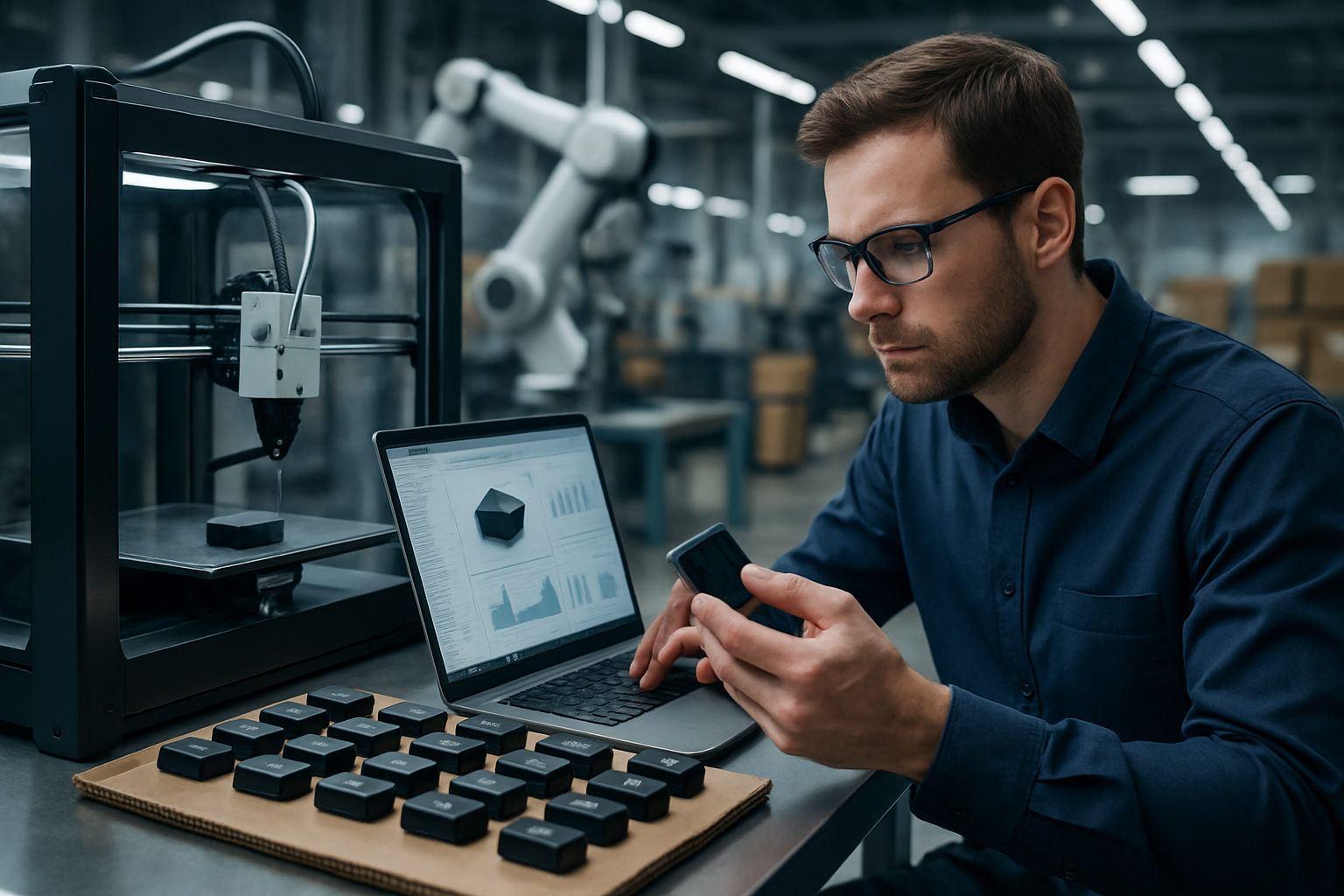Holographic Keyboards: Typing in Thin Air
In an era where technology seamlessly blends with our daily lives, holographic keyboards are emerging as a futuristic interface that could revolutionize how we interact with our devices. These ethereal input methods project a virtual keyboard onto any flat surface, allowing users to type without physical keys. As we delve into this cutting-edge technology, we'll explore its potential to transform computing, mobile devices, and even augmented reality experiences.

How holographic keyboards work
At the heart of holographic keyboard technology lies a clever combination of optics and sensors. A tiny projector emits the image of a full-sized keyboard onto any flat surface, while infrared sensors track the movement of your fingers. When you “press” a key, the system detects the position of your finger and registers the corresponding keystroke.
Modern holographic keyboards utilize advanced algorithms to improve accuracy and reduce false inputs. Some models even incorporate haptic feedback, using sound waves to create the sensation of pressing physical keys, enhancing the user experience and typing accuracy.
Advantages over traditional keyboards
Holographic keyboards offer several unique advantages that could make them a preferred choice for certain applications. Their compact size makes them ideal for mobile devices, potentially eliminating the need for on-screen keyboards that consume valuable display real estate. Additionally, their virtual nature means they’re impervious to physical wear and tear, liquid spills, or debris accumulation – common issues with traditional keyboards.
Challenges and limitations
Despite their futuristic appeal, holographic keyboards face several hurdles before widespread adoption. Current models struggle with accuracy, especially in varying lighting conditions. The lack of tactile feedback can lead to slower typing speeds and increased errors for touch typists accustomed to physical keys. Battery life is another concern, as the projection and sensing technologies consume significant power.
Applications beyond traditional computing
While holographic keyboards may not replace traditional inputs for intensive typing tasks, they show promise in specialized applications. In medical settings, they could provide a sterile input method, reducing the risk of contamination. For presentations and public kiosks, holographic keyboards offer a hygienic, vandal-resistant alternative to physical keys.
Integration with augmented reality
As augmented reality (AR) technology advances, holographic keyboards could play a crucial role in creating immersive digital environments. Imagine typing on a virtual keyboard that appears floating in mid-air, visible only through AR glasses. This integration could lead to new forms of mobile computing, where traditional devices are replaced by wearable tech and projected interfaces.
The future of holographic input
As holographic keyboard technology matures, we can expect to see improvements in accuracy, energy efficiency, and user experience. Future iterations may incorporate advanced AI to predict and correct typing errors, or adapt to individual typing styles for improved performance. Some researchers are even exploring the possibility of customizable keyboard layouts that can be instantly switched based on the user’s preference or the task at hand.
Market impact and adoption
While still a niche product, holographic keyboards are gaining traction in certain markets. The global holographic display market, which includes holographic keyboard technology, is projected to reach $7.6 billion by 2026, growing at a CAGR of 27.8% from 2019 to 2026. As the technology improves and costs decrease, we may see holographic keyboards integrated into smartphones, tablets, and other mobile devices as a standard feature.
Conclusion: A glimpse into the future of typing
Holographic keyboards represent a fascinating intersection of optics, sensor technology, and user interface design. While they may not entirely replace traditional keyboards in the near future, their potential to transform how we interact with our devices is undeniable. As the technology continues to evolve, we may find ourselves typing on thin air more often than we ever imagined, ushering in a new era of human-computer interaction that blurs the line between the physical and digital worlds.






